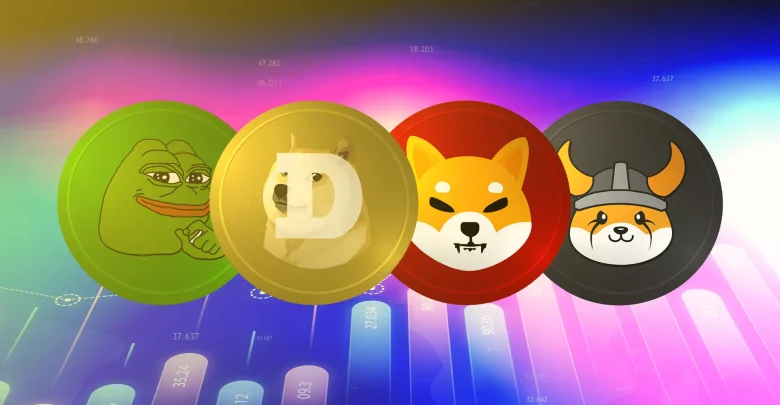Why are meme coins central to blockchain social dynamics?

Meme coins work as tools that help people come together and form a shared identity. They allow communities to make decisions together and create stories about money that regular cryptocurrencies cannot provide. These tokens build connections between people that go beyond just investing. They place holders in groups that have their own culture, jokes, and goals that they work on together. Network performance tracking, including metrics such as sol crypto price, influences where meme coin communities congregate, with infrastructure choices affecting social interaction patterns and community formation dynamics.
Collective ownership psychology
Shared token holdings create psychological investment in collective success:
- Financial alignment where individual gains depend on community efforts driving project adoption and visibility
- Collective decision-making through governance systems where holders vote on development priorities
- Distributed responsibility for project promotion as each member becomes a voluntary brand ambassador
- Shared narrative construction where the community collectively defines the project’s meaning and purpose
- Mutual support networks where members assist each other beyond purely financial matters
The psychological transformation creates communities functioning as decentralised marketing departments, support networks, and development teams where members contribute voluntarily because project success directly benefits them through token appreciation, while failure harms their holdings, creating powerful incentive alignment.
Democratic participation models
Governance proposals cover different areas of a project. These include changes to technical settings like fee structures and token rules. The treasury and development projects are also the subject of these decisions. The participation of citizens in governance can give them a sense of control and influence. This type of governance meets the desire for agency. Traditional investments do not offer this because decisions are made by executives alone. Shareholders can only respond in limited ways and have no real influence over decisions. Participation extends beyond formal governance into informal community leadership, where respected members gain influence through consistent contribution, insightful analysis, or community support that earns recognition independent of token holdings. The meritocratic aspects enable social mobility where newcomers can gain community status through valuable contributions rather than being permanently subordinated to wealthy early investors whose capital advantages don’t translate into automatic authority over community direction or social standing within decentralised networks valuing contribution over pure capital possession.
Tribal affiliation drivers
Meme coin communities exhibit tribal characteristics, creating strong in-group loyalty:
- Competitive dynamics with rival token communities create us-versus-them mentalities, strengthening internal bonds
- Shared adversity during market downturns builds camaraderie through collective struggle and mutual support
- Victory celebrations during price rallies create shared positive experiences, cementing emotional connections
- Defence of community reputation against external criticism unites members around a common cause
- Initiation rituals where newcomers learn community culture, integrating them into established social structures
Tribal dynamics satisfy fundamental human needs for belonging and group identity that atomised modern society frequently fails to provide through weakened traditional community structures. Meme coin communities fill social voids by creating tight-knit groups with clear membership criteria, shared objectives, and mutual support networks that function as surrogate families or friendship groups for members whose offline lives may lack comparable social connections or shared purpose with people possessing aligned interests and worldviews. Meme coins prove central to blockchain social dynamics through cultural identity formation, collective ownership psychology, democratic participation models, tribal affiliation drivers, and grassroots movement characteristics. These social elements transform financial instruments into community platforms where social connections and shared purpose rival or exceed purely financial motivations.
